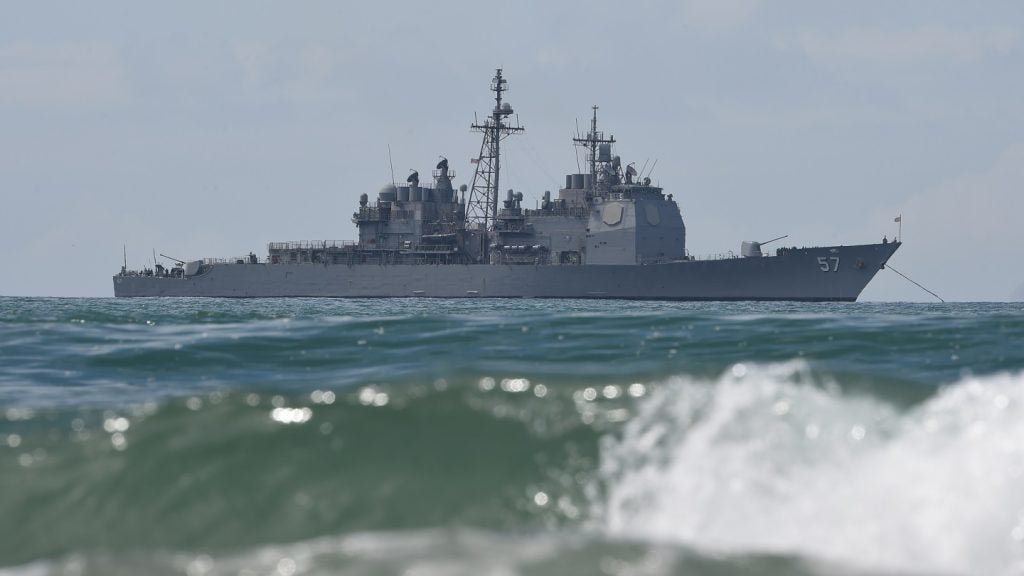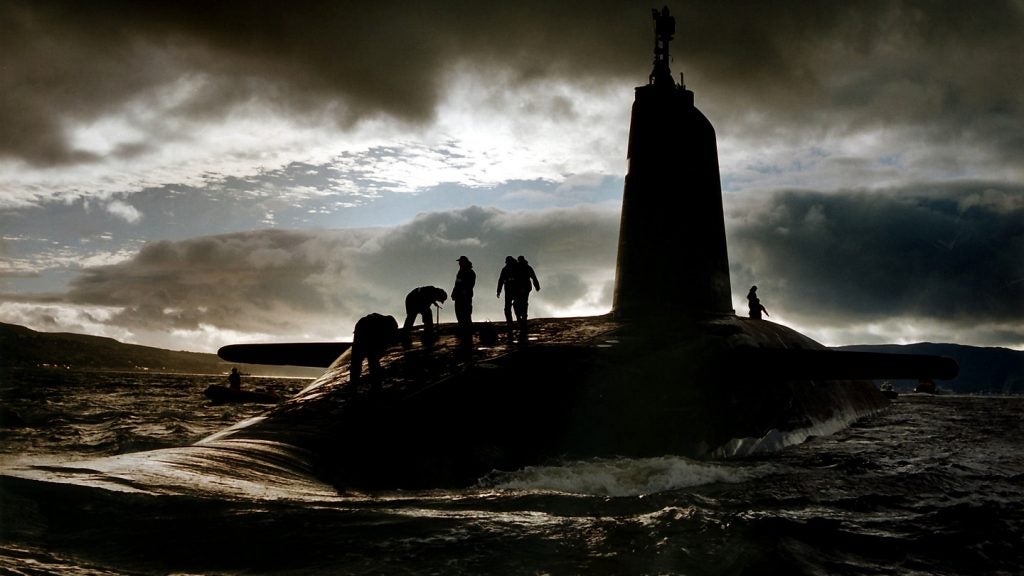The US Navy’s fleet of Ticonderoga-class guided-missile cruisers have further diminished with the decommissioning of USS Lake Champlain (CG-57) in early September, with 15 of the 27 vessels built remaining in service.
Announcing the decommissioning of USS Lake Champlain after 35 years of operational service on 1 September, the US Navy Pacific Fleet stated that the move “supports department-wide business process reform initiatives to free up time, resources, and manpower in support of increased lethality”.
The decommissioning of CG-57 is one of a number of the class to be retired in recent years, with five vessels leaving the US Navy last year, these being the US Monterey, USS Hué City, USS Anzio, USS Port Royal (all September 2022), and USS Vela Gulf (August 2022).
So far in 2023, USS Lake Champlain has been joined by USS Mobile Bay in the reserve, which was decommissioned in August.
In April 2022 the US Navy had set out its plan to retire all remaining Ticonderoga-class cruisers by 2027, with five vessels lined up to leave service in 2023. According to the US Navy’s Report to Congress on the Annual Long-Range Plan for Construction of Naval Vessels for Fiscal Year 2023, the assessment was that investment would be better service elsewhere that in such “legacy” platforms.
“CGs on average are 35 years old and there would be little return on investment in maintaining these ships given their poor reliability, affordability, and lethality… the substantial cost of repairing the poor material condition of these ships due to their age, and ongoing concerns with overall legacy sensor… outweighs the potential warfighting contributions of these platforms over their limited remaining service life,” the Department of the Navy wrote in its 2022 report.
However, resistance to the loss of the Ticonderoga class has meant that the removal process has been slowed, with just two of the five planned to be axed in 2023 having been decommissioned.
The Department of the Navy stated in its April 2022 report that the CGs function as air defence and command and control platforms was now “transitioning” over to the new Flight III Arleigh Burke-class destroyers.
On 7 September 2023 it was revealed that the US Department of Defense had committed $14.5bn to the build of new Flight III Arleigh Burke-class destroyers, the latest iteration of the class that incorporates additional sensor and air defence capabilities.
Ticonderoga class capabilities
Displacing around 9,800t at full load, the Ticonderoga-class cruisers first began to enter service in the mid-1980s and formed the backbone of the US Navy’s air defence and land attack capabilities for decades, augmenting the functions of smaller surface platforms such as the Oliver Hazard Perry-class guided-missile frigates.
As with the Arleigh Burke class, the Ticonderoga’s are fitted with the Aegis Combat System, which integrates the ship’s electronic sensors and weapons systems to engage anti-ship missile threats. The Aegis system has a federated architecture with four subsystems – the AN/SPY-1 multifunction radar, the command and decision system, Aegis display system, and the weapon control system.
The vessels are equipped with 2 x 61-cell Mk 41 vertical launch systems, enabling a loadout of 122 missile, which typically include a mixed inventory of SM-2 and SM-3 anti-air missiles, and Tomahawk land-attack cruise missiles. Anti-ship missile capability is provided by eight Harpoon missile canisters.










